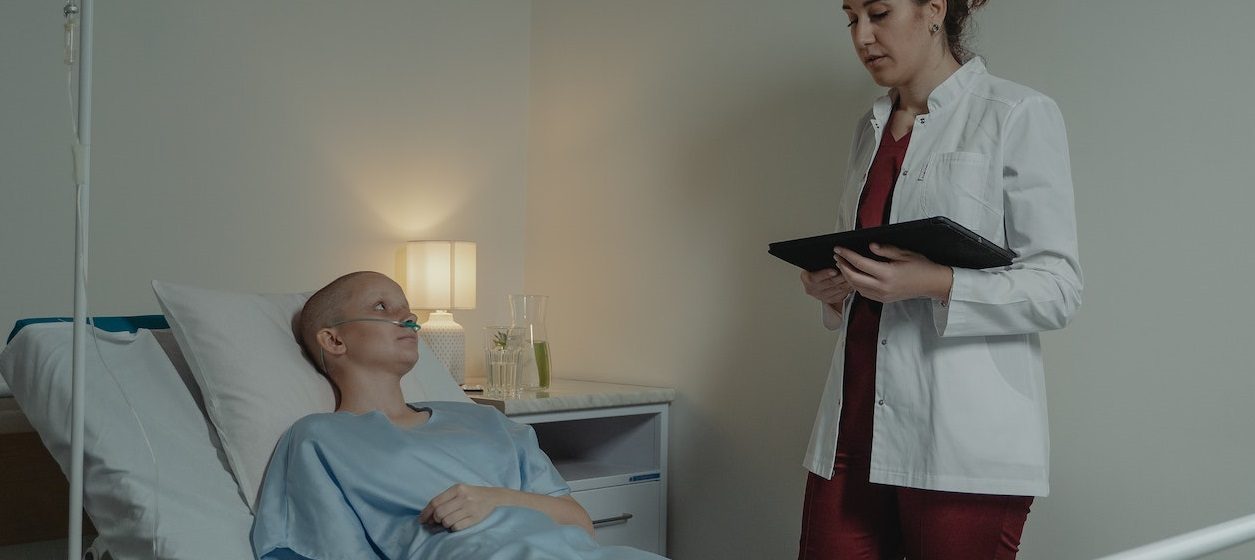How Is A Person Diagnosed With Breast Cancer?

Photo by Tima Miroshnichenko under Pexels License
How Is a Person Diagnosed with Breast Cancer?
When malignant cancer cells form a tumor in an individual’s breast tissues, that person has breast cancer.
In the United States alone, one in eight women is expected to be diagnosed with this disease within the course of her lifetime. Breast cancer happens to be the most commonly diagnosed cancer in females and the second leading cause of cancer death among them as well.
Like the other types of cancer, breast cancer can be treated most effectively if it is detected early; the earlier the disease is detected or diagnosed, the better its response to treatment.
The question is, how is a person diagnosed with breast cancer?
There are certain steps and procedures being used to diagnose breast cancer. To give you an idea, Breast Cancer Car Donations shares what you need to know about them.
1. Breast Exam
It’s always a good idea to be familiar about how your breasts normally look and feel like so that you’ll easily notice any changes or abnormalities such as lumps, dimpling, sores, puckering, discoloration or thickening of the skin. It’s highly recommended to conduct regular breast self-examination. Your doctor will give you instructions on how you can do this.
2. Mammogram
This is perhaps the most commonly used screening method for breast cancer. It refers to the x-ray of an individual’s breast. If certain abnormalities are detected on a screening mammogram, your doctor will recommend that you get a diagnostic mammogram or a detailed x-ray of your breast.
3. Breast Ultrasound
This diagnostic method uses sound waves to produce sonograms or detailed images inside your breasts. A small wand that picks up echoes and gives off sound waves is moved on your skin. These sounds or echoes translate into an image that you can see on a computer screen. Through these images, your doctor can determine if a lump is a fluid-filled cyst or a cancerous tumor.
4. Nipple Discharge Exam
If there’s fluid that’s coming from your nipple, a sample of it will be sent to the lab to check for the possible presence of cancer cells in it.
5. Ductogram
The cause of the nipple discharge may be determined through a ductogram. It is a process in which a very thin plastic tube is inserted through the nipple and into the breast’s duct. A small amount of dye is placed into the duct and its shape is outlined in an x-ray. The presence of a tumor in the duct can then be easily detected.
6. Removal of Breast Cell Samples for Biopsy
This is the most definitive method of diagnosing breast cancer. It requires the usage of a specialized needle device that’s guided by an imaging test to extract a core of tissue sample from a suspicious area. The samples are then sent to the laboratory for analysis on whether or not the cells are malignant.
There are three types of biopsies—core biopsy, open biopsy, and fine-needle aspiration. Regardless of the type of biopsy used, the goal is to determine the type of cells found in the sample, the cancer’s grade or aggressiveness, and the types of receptors (hormone or others) that will determine the options for treatment.
7. Breast Magnetic Resonance Imaging (MRI)
This method utilizes a magnet and radio waves to produce images of the breasts’ interior without the use of radiation. An injection of dye will be given before a breast MRI.
Do You Want to Make the World a Better Place?
Every day, numerous individuals are confronted with tough physical, mental, and emotional challenges that are associated with breast cancer.
One amazing way to help make life easier for these people as well as their families is to help them get free access to comprehensive breast health services that are focused on breast cancer screening, early detection, and treatment.
If you have an unwanted vehicle that you’ve been planning to dispose of, consider donating it to Breast Cancer Car Donations. We will auction off your donated vehicle and use the proceeds to help fund the life-saving programs of our IRS-certified 501(c)3 nonprofit partners.
By simply filling out our secure online donation form or ringing us up at 866-540-5069, you’ll be all set to save lives.
In return for your kindness, we’ll have your clunker hauled away for free. You’ll also be entitled to receive a 100% tax-deductible sales receipt that will enable you to reduce your taxable income in the next tax season.
If you want to know more about how you can easily dispose of your old and unwanted vehicle while helping save lives, call us at 866-540-5069 now or send us a message online. You can also check out our FAQs page for more information.
We accept almost all types of vehicles regardless of their age, mileage, and condition. We also accept vehicle donations anywhere in the United States since we have car donation programs in all 50 states.
Touch Hearts with Your Car Donation!
Give a big boost to breast cancer patients in your local area with your vehicle donation. Call us at 866-540-5069 and touch their hearts with your car donation!
Last Updated: September 28th, 2023
